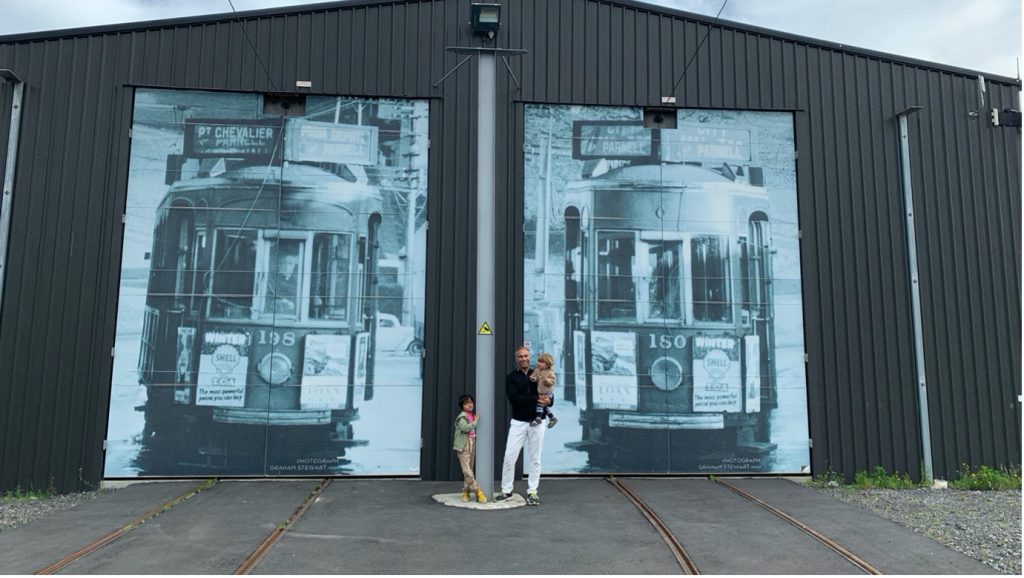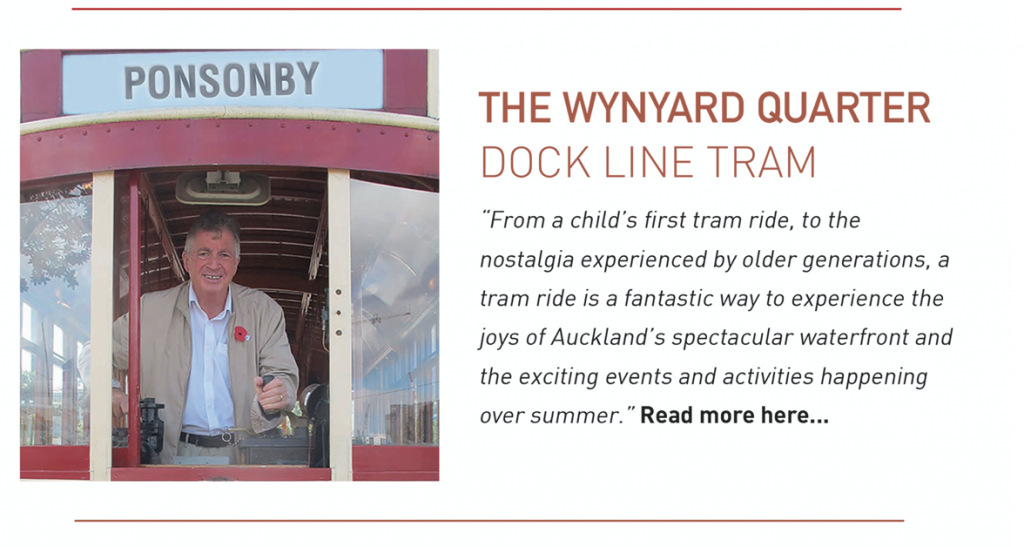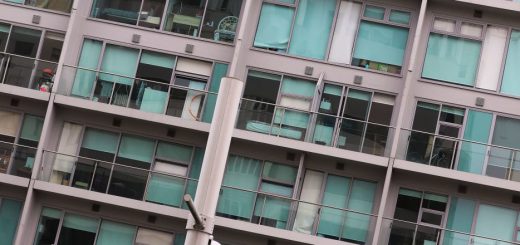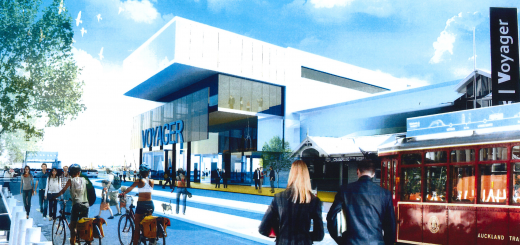Citizen Dhall and the battle to save the waterfront trams
The courageous battle by Ponsonby wine merchant Puneet Dhall and his passionate supporters to save the waterfront heritage tramway deserves our admiration and thanks.
The Wynyard Quarter tramway operating as Dockline Trams was an Auckland Regional Council (ARC) legacy project. Part of the Wynyard waterfront redevelopment, it was built by the CCO Sea + City, which became Waterfront Auckland, (since restructured as the unloved Panuku) Beginning late 2010, the build was designed and overseen by MOTAT engineer Colin Zeff and completed well in time to be a popular attraction during the 2011 Rugby World Cup. The whole system, 1.5 km of tracks, overhead wires, poles and tram shed, was engineered to the latest standards capable of running modern Light Rail Vehicles. The all-up cost, including two heritage trams was $9m. By comparison Auckland Transport (AT) spent six years from 2013 to 2019 and more than $80m digging up and replacing the very same streets.

Despite Puneet’s bravura submission to Auckland Council’s November planning committee, the majority voted to approve Panuku’s latest attempt to kill it off. We shouldn’t be surprised. Despite the trams surviving several near-death experiences and their popularity with Aucklanders, the Super City being what it is, it was only a matter of time.
The century-old trams clanging around the waterfront were actually more than what they seemed. On one level they were a ‘place-shaper’, (along with the still yet-to-materialise Headland Park), signalling the ARC’s determination that the Wynyard Quarter not become another sterile collection of high-rise offices and apartments. Rather we wanted to retain as much as possible the character buildings and industrial features of Auckland’s old working waterfront. In terms of heritage, the trams, beautifully restored in the traditional Auckland tram livery, carnation red and cream, recalled the Wynyard Quarter’s role in the stabling of electric trams, evoking the era of Auckland’s highly successful 72 km tramway, tragically demolished in 1956. And of course Dockline trams were a fun attraction. Especially for families, with a sense of magic about them. As Puneet told the councillors:
‘Five years ago, I used to enjoy taking my two-year-old son on strolls from our house in St Mary’s Bay to the city centre. On one such walk, we came upon the heritage tram in the Wynyard Quarter. It’s quite something to be inside a piece of technology over a hundred years old, gliding along, the sun glinting through the windows against the old wood and leather – this is travel.’
Puneet was impressed by the smiles – of everyone on the trams – and not just the kids. But the tramway was meant to be something more. The original concept was to link the Wynyard Quarter across the Viaduct along Quay Street to Britomart, picking up the Maritime Museum, North Shore buses, harbour ferries and cruise ships. An imaginative way of opening up public transport access to the Quarter and a modest but strategic first step towards a light rail future for Auckland. It was a vision Aucklanders bought into – overwhelmingly. Extending the trams the extra 600m via a planned new bridge to Britomart was one of the most popular aspects of the 2011 Waterfront Plan. When asked about this, 43% of submitters responded with ‘Do Now’, 30 % said ‘Do Soon’ and 13% said ‘Do Later’ and only 13% said ‘Don’t Support’. But despite the show of democracy, sadly the wishes of the public were ignored. Instead the trams were constantly disrupted and restricted, especially by AT bureaucrats who evidently saw them as a rival to private buses – and by an odd cycling obsessive who poured bitumen into the tracks.
But the tram haters had to reckon with citizen Puneet Dhall.
In 2018 when Panuku first made its move to kill off the trams Puneet organised ‘Keep the Auckland Dockline Tram running’ with a petition gaining some 1800 signatures, knocking on official doors and bravely presenting to the unsympathetic boards of Panuku and AT.
Thanks to his energetic campaigning, the tramway, partially dismantled during AT’s road works saga was reassembled at the direction of mayor and councillors in late 2018. Under MOTAT’s management it has since then has been through a popular renaissance – despite Covid – and the even heavier restrictions imposed by AT.
But now, Wellington property developer Willis Bond has demanded the tram shed land, and with Panuku’s refusal to relocate to an alternative site, the powers-that-be have come in for the kill. And this time disappointingly the mayor and councillors (with the noble exceptions of Councillors Fletcher, Watson, Walker, Stewart, Sayers and Mulholland) have gone along with it all; as has the once supportive Waitematā Local Board.
As Puneet told the council, ‘These humble old trams represent Auckland’s splendid civic past, a slice of joy and happiness for ordinary folk, especially kids in Auckland’s troubled present, and if the city bosses could only see it – the forerunners of a bright Auckland future.’
But it’s not quite over. The waterfront trams will continue running until at least June 2022. Enjoy them while you can.
This article published in the December 2021 issue of Ponsonby News




